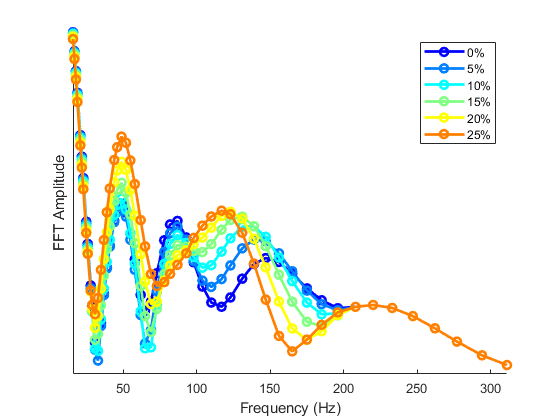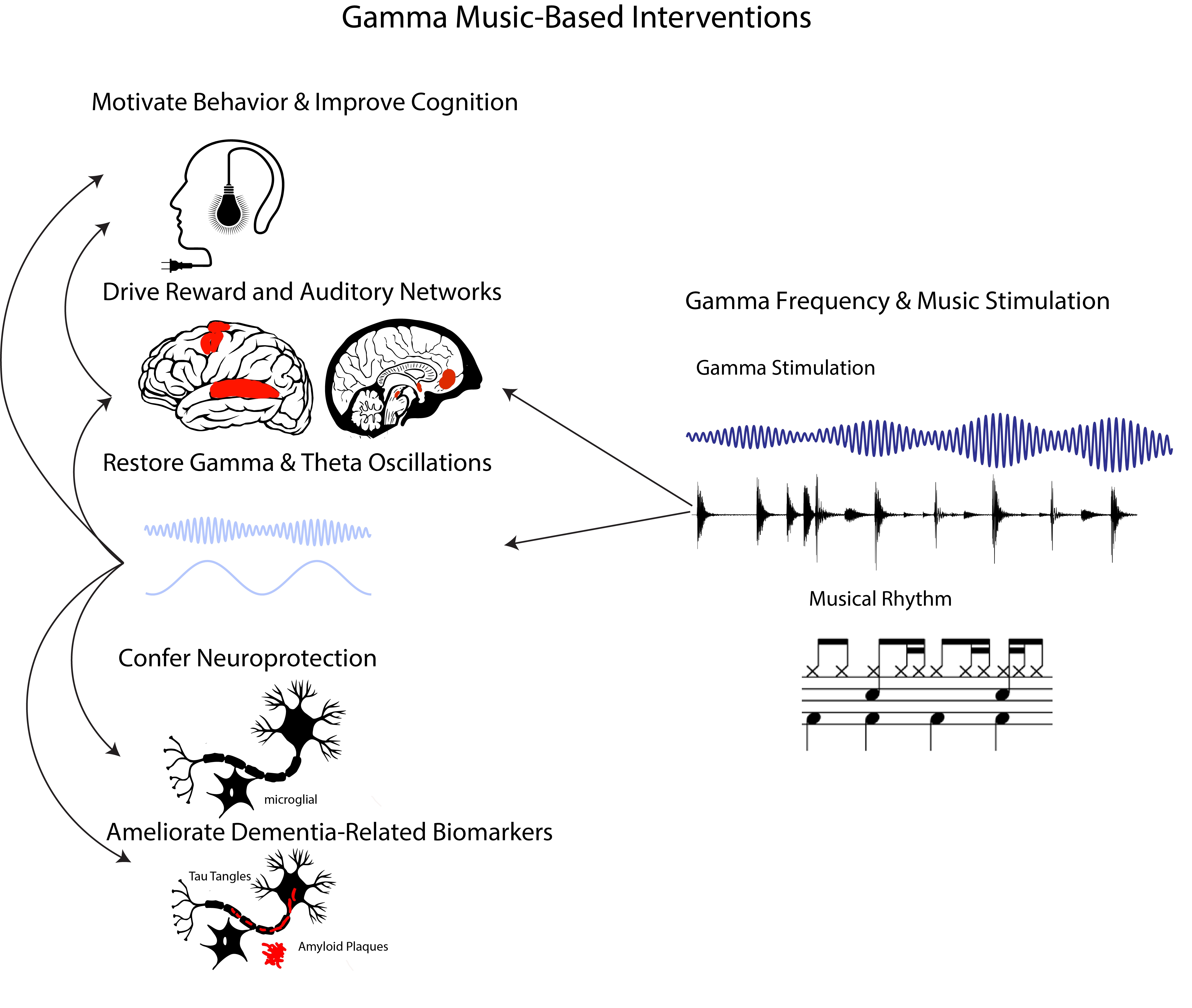General Research Interests

Broadly, I am interested in the neurobiological and developmental foundations of rhythm cognition—our capacity to perceive, predict, segment, comprehend, and entrain to socially meaningful auditory rhythms, such as music and spoken language. Specifically, my work examines how brain rhythms, and neural plasticity involving brain rhythms, enable complex perception, action, and cognition to rhythmic sounds, most notably in the domain of music, and how these processes can be facilitated by prior experience, such as musical training and exposure to certain rhythmic structures, over the lifespan. I am also interested in how impairments in rhythm processing and brain rhythms manifest in cognitive and developmental disorders (e.g., developmental dyslexia, Alzheimer’s disease) and whether non-invasive interventions which modulate brain rhythms can remediate cognitive impairments in clinical populations.
To examine the neurobiological, developmental, and computational principles underlying rhythm cognition, my research uses a combination of computational and dynamical systems modeling, electrophysiological methods, and behavioral measures to investigate how our rhythmic abilities, and the neural dynamics that support them, change across the lifespan.
I also have pet interests in dynamical systems approaches to perception-action, the limits of reductionism in developmental theory (e.g., developmental systems theory), and the ecological psychology of J.J. Gibson.
Click for my google scholar and coding projects.
Research Projects
Dynamical Systems Models of Music Development

Over the course of development, typically developing infants and children learn to coordinate perception-action to culture-specific rhythmic structures that constitute their native music. How does our perception of and our ability to coordinate action to musical rhythm change across development? Further, what developmental mechanisms might explain these changes?
In one line of work, I am developing a series of developmental models, inspired by a dynamical systems model of neural oscillation, to explain how developmental changes in music perception-action might arise from changes in the coupling of neural and bodily oscillations over ontogeny. Current work demonstrates how oscillatory models 1) can acccount for age-related changes in infants’ perception of native and non-native musical rhythms and 2) music-movement interactions that influence infant rhythm perception.
Neural Encoding in the Auditory System

In a seperate line of work, I am investigating phase-locked responses in the auditory system (e.g., the frequency-following response) and relations between auditory processing in the brainstem (e.g., the auditory brainstem response) and higher-level skills, such as reading and language. Current work suggests that changes in the spectral amplitude of the frequency-following response, when recorded at the scalp, may reflect patterns of phase construction and deconstruction of multiple, phase-locked signals throughout the auditory system. Other work suggests that temporal processing in the brainstem (e.g., neural-conduction times) relate to reading subskills, even in adulthood.
Music-Based Interventions for Dementia

Recently, I’ve become interested in how the rhythmic properties of music can be leveraged as a non-invasive form of brain stimulation. My colleagues and I are currently developing a non-invasive music-based intervention for treating dementia and cognitive decline during aging that uses both natural music and visual Gamma stimulation to target biomarkers of dementia and improve cognition.
Scientific Outreach
Brain, Cognition, and Language Digest
As a graduate student, I contributed to a research digest, published by the Connecticut Institute for the Brain and Cognitive Sciences, on atypical language development. The digest was released to the public and was disrupted to local government officials and policy makers to help inform policies on developmental disorders, such as Autism Spectrum Disorder (ASD).
Neural Symphony
In collaboration with my colleague (and former PhD adviser) Erika Skoe, I created a sample library of neural responses that are mapped to the piano keyboard. The project, called Neural Symphony, enables anyone to produce, play, and compose music using the unique timbre of the brain.
In my teaching, I’ve found that this project is an excellent demonstration of phase-locking dynamics in the auditory system and illustrates how the “arts” and the “sciences” can be beautifully united. The project was also featured on an episode of the University of Connecticut’s podcast. You can listen here.
Teaching Grade-School Children Principles of Computational Modeling with NetLogo
With the aim of promoting computational skills in younger learners, I developed a curriculum and project-based lesson plan using NetLogo to teach middle-schoolers basic principles about self-organization, complexity, and computational modeling. I, then, guested lectured at a local middle school about self-organized processes in nature and taught middle-schoolers how to use NetLogo to create their own self-organized patterns.